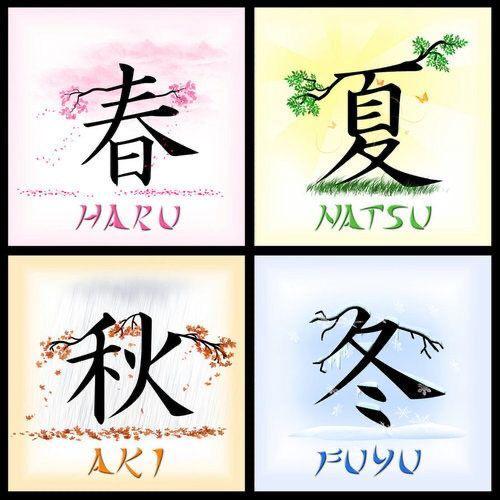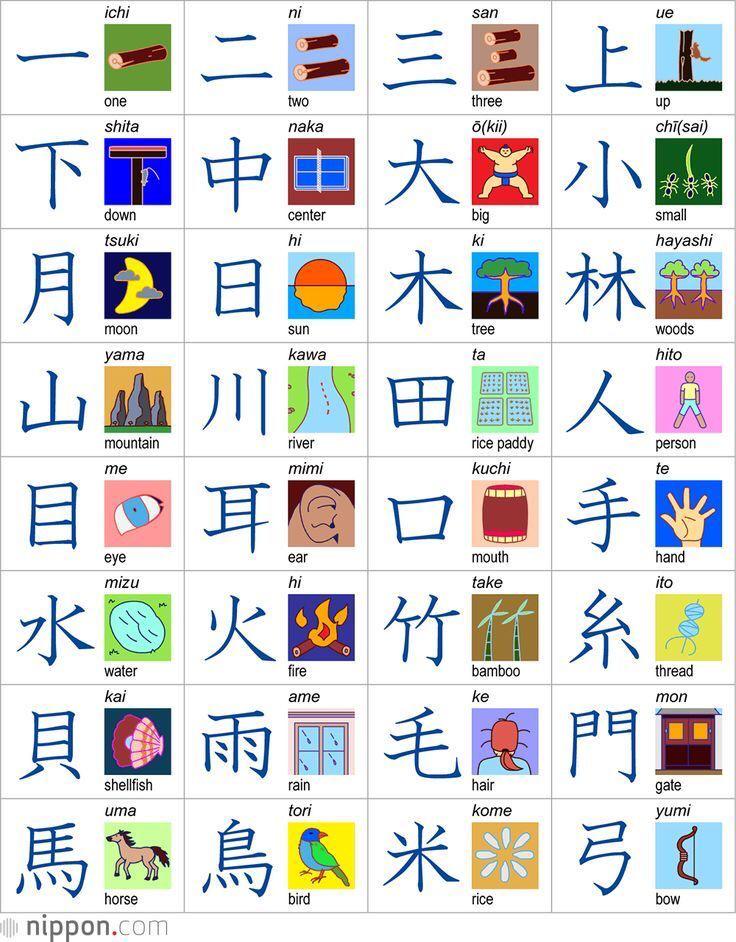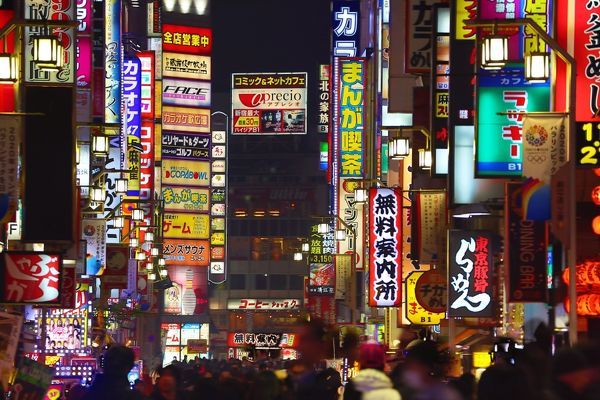When were you able to read a newspaper for the first time? It was probably shortly after the first grade in elementary school, right? For people who have learned only the Latin alphabet, there is no problem after learning around 26- 29 letters. Well, if the mother tongue were Japanese, this would delay longer because of the alphabet. Japanese is relatively easy to speak and understand based on your mother tongue but is a nightmare when it comes to writing. Let’s have a look at the Japanese language, mainly alphabets, from its surface. I have to limit my focus because this is a very broad topic. I am planning to write 1-2 more articles in the future.

Although Japanese is an official language only in Japan, it has around 128 million native speakers, making it the 9th most spoken language in the world based on the number of native speakers. Although most of the native speakers are from Japan, there are minorities in other countries such as the US, Korea, and some European countries. I visited a primary-secondary school that teaches in Japanese in Istanbul 4 years ago. The students were Japanese kids living in Istanbul. The school seemed like out of an anime. Students could only speak Japanese and no Turkish but some words like “merhaba” or “günaydın”. I tried my best to communicate with them with my Japanese. I studied personally, so I could speak and understand daily life things. However, even now my writing is an absolute mess. I will come to that later.
Where Japanese belongs in the language families… well, it is still debated: Some say the Japanese language may belong to the Altaic languages like Turkish and Mongolian, some say it is similar to Austronesian languages and so. The main reason for that Where Japanese belongs in the language families… well, it is still debated: Some say the Japanese language may belong to the Altaic languages like Turkish and Mongolian, some say it is similar to Austronesian languages and so. The main reason for that uncertainty underlies the early history of the Japanese language: Japanese has never been written down until Japanese people contacted China in the Yayoi Period around 6-7 AC. The alphabet they used was not even their own; they used Chinese characters to write Japanese words. That is how kanji, one of the alphabets, started to evolve.

Yes, one of the alphabets. As I constantly said, the challenging part of the language comes from the complexity of its alphabets: There are 3 of them! It took 1 school year for us to learn the Latin alphabet, imagine how long it takes for them to learn three different alphabets. These alphabets are called hiragana, katakana, and kanji.
Hiragana and katakana are referred to as “kana” together. Each has around 46 characters. Both of the alphabets literally have the same sounds but different mora, or characters. Here are all of them:

You may ask, why are there 2 alphabets to represent the same sounds? Hiragana is used mainly for grammatical elements of a sentence like tenses as well as some native Japanese words. Katakana is used for writing the words that came from other languages to Japanese such as glass ガラス (garasu) from the Duch word “glas”, バーガー (bāgā), and クーラー (kūrā) from English words “burger” and “cooler” respectively. One of my personal favourites is the Japanese translation of Darth Vader: ダース・ベイダー(Dāsu Beidā). This situation is except Chinese, and its main reason is kanji.
Japanese and Chinese have a huge and deep story together so that Chinese literally affected the whole Japanese written style: hiragana and katakana were first derived from characters written on sides of Chinese characters to ease the readings because kanji have 2 main readings: kun- yomi (native Japanese style reading) and on-yomi (a reading style that came from Chinese). I won’t go into detail but also because of this separation, a character, especially when 2 or 3 are together to make a word, may have different ways of being read, and you have to understand it from the content to get the right meaning. Also, a way of reading may refer to many different words and you have to guess it from the content of the speech. For example, based on how it is written, “kami” may mean hair (髪), paper (紙), or God (神). These are called homophones.

Especially the first condition was a factor of why elementary school children can barely read newspapers. (Why would an elementary schooler want to read a newspaper, you may ask. Well, I also didn’t have the need to, but if I wanted, I could read it when I was 8. I am using this logic to compare Japanese.) One more factor: Kanji is originally a wide alphabet with tens of thousands of characters. However, in 1946, the Japanese government tried to limit the characters, and that brought us joyo kanji, or regular use kanji, with 2136 kanji. It is still a high number, but good news: no one actually knows all 2136 kanji anyway.

And this was only the first 10 minutes of the lesson “Writing and Reading in Japanese 101”. There are so much more things to be discussed but I don’t want to be the reason you give up on learning Japanese, so I will pass for now.

Night scene of street signs and lights in Shinjuku, Tokyo, Japan
Now, the main question: How easy (or hard) is it to learn Japanese? A person who can read Chinese can to some extent understand the labels in the street because most of the kanji in Japanese literally stands for the same word in Chinese, so writing might be less of a nightmare for them, but reading may be a problem. A person who knows Turkish, like me, would have relatively less problem in grammar because the sentence orders are the same as Turkish and both languages are agglutinative. I learned how to speak by purely watching anime for 4 years and then with few Japanese lessons in 9th grade for 9 months, I was pretty much done with the grammar. However, I am literally at the same level as an elementary schooler in terms of writing (it may be because of my laziness but this is not the point). Yes, that means I cannot read the newspaper. For someone whose mother tongue is a European language like English or German, good luck guys. The sentence order is reverse for them, Japanese being an agglutinative language may be challenging, and I won’t even talk about writing. However, it is nothing with a bit of hard work.

The language of “the sun’s origin”, Nihon, or Japan, is pretty unique just like their culture. Even though it might be challenging, I want to continue learning Japanese. A Turkish saying reflects my reasoning well: “one language, one person”.
You can check out these videos for more details!
